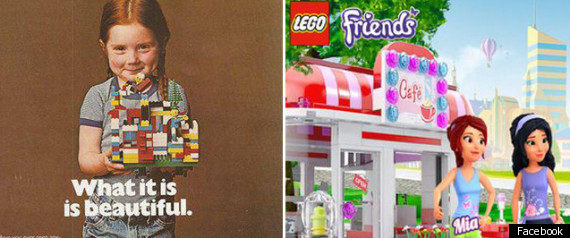Whether their parents buy them a subscription, their friends have one or they are just at Barnes&Noble waiting for mom to finish picking out books, teens read magazines specifically catered to them. There are countless of them out there - Teen Vogue, Seventeen, Girls' Life, J-14, American Cheerleader, M! Magazine and Popstar! just to name some of the most popular ones.
As we discussed in class, teens get a lot of information from those magazines and take it seriously as well. They are more dependent on and influenced by these than adults reading Glamour or Cosmopolitan. This made me interested in what topics exactly are covered by these magazines. I went on the Seventeen Magazine website and at first just looked at the different tabs teens can click to get to articles in the various categories. This alone was slightly shocking.

The tabs are:
1) quizzes, games and fun
2) fashion
3) beauty
4) celebrities
5) love life
6) health
7) college life
8) parties and prom
Aside from the college tab - and maybe the health one - all others promote superficial things that might lead to the teens questioning their appearance, their love life (or lack thereof, which could throw them into a crisis easily), and their fashion sense. If they don't have the latest trends, they are either going to bug their parents to spend a ridiculous amount of money on brand name stuff, or are going to be depressed that they have such a boring, last-season wardrobe. They also learn everything about the best parties, which is really exactly what they should focus on at that age (and I definitely mean that in a sarcastic way).
The cover I selected for this post shows the winner of the TV show America's Next Top Model, a show where one can witness tiny, skinny models on a weekly basis. I think it is time for editors and parents who buy these magazines for their daughters to reconsider what to promote to future leaders of this country. Do we really want girls to only focus on looks, parties and fashion?
There are more and more stories in the news about bullying, depressed teens, and those with eating disorders, starving themselves to look like the airbrushed person on the cover of their favorite magazine. This is wrong and does not help girls turn into successful business women.


 While back then it was not only okay for girls to wear jeans and a normal t-shirt, they were also 'allowed' to play with the regular Lego pieces of all colors and build whatever came to their minds. Today, girls are only wearing tank tops in girly colors, and play with pink and purple colored pieces and more girly sets such as the cafe featured in the ad.
While back then it was not only okay for girls to wear jeans and a normal t-shirt, they were also 'allowed' to play with the regular Lego pieces of all colors and build whatever came to their minds. Today, girls are only wearing tank tops in girly colors, and play with pink and purple colored pieces and more girly sets such as the cafe featured in the ad.
